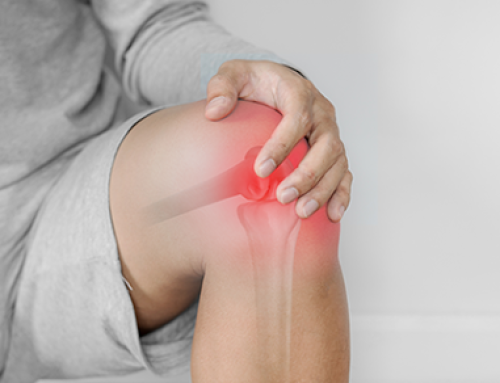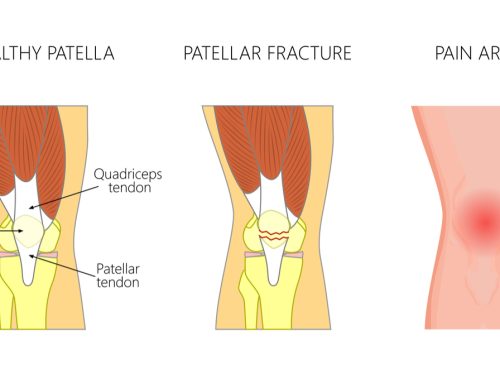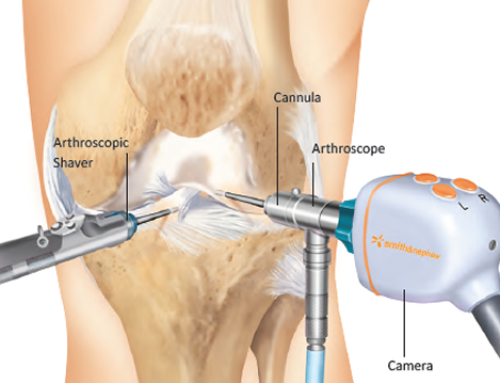About best knee fracture doctor in bhopal
You have over 200 bones in your body making up your skeleton. Your skeleton supports and protects the soft tissues in your body and allows you to move. Bone is a living tissue; it has a soft centre of bone marrow that produces blood cells, and a hard outer surface called the cortex.
Healthy bones are strong and can bear a lot of weight and force. They do bend a little, so they can bear a certain amount of force without breaking. But a lot of force, such as occurs during an accident or fall, will cause the bone to fracture. If this is particularly severe, your bone can fracture into many pieces.
Causes of fractures
The most common reasons for fracturing a bone are listed below.
- Having an accident or injury which puts severe force on your bone; for example, a motor vehicle accident or a sporting injury or a fall.
- Having a health condition such as osteoporosis weakens your bones. This means that even a mild force, which wouldn’t normally cause a fracture, can cause your bone to break.
- Having repeated stress on a particular bone. This can gradually damage your bone, leading to what is called a stress fracture. Stress fractures are most common in people who do a lot of high-impact sports such as running, basketball or gymnastics.
In this topic, we describe what to expect if you have a fracture as a result of an accident or single injury. Stress fractures and certain fractures related to osteoporosis can be treated and managed quite differently.
Types of fractures
Fractures can be open or closed.
- A closed fracture is when your bone breaks or cracks, but your skin is unbroken.
- An open fracture (also called compound fracture) is when you have an open wound in your skin, exposing the broken bone. The bone may have punctured through your skin, or you may have injured your skin at the same time as the fracture. Open fractures are more serious because you might develop an infection in the bone and wound.
A fracture can also be displaced or not displaced.
- In a displaced fracture, the fragments of bone have moved out of line. This can make the area (for example, your arm or leg) look misshapen.
- With a non-displaced fracture, the broken parts of the bone haven’t moved out of position, and the area looks normal.
Fractures can also be described by the type of fracture line they form across or along the bone. The main types are as follows.
- A transverse fracture – the fracture is straight across your bone.
- An oblique fracture – the break is at an angle across the bone.
- A spiral fracture – the fracture line twists around the bone. This can happen if the fracture resulted from a twisting injury.
- An impacted fracture –the bone fragments are driven into each other, which shortens your bone.
- A comminuted fracture – your bone shatters into three or more pieces.
- A greenstick fracture – the bone only has a crack on one side. Children get these fractures because they have softer bones. Fractures like this don’t occur in adults.
- Fractures are also given names that depend on which bone is affected. For instance, a scaphoid fracture affects a bone in your wrist. A Colles’ fracture is a break in one of the bones in your forearm, near your wrist.
Symptoms of fractures
The main symptom of a broken (fractured) bone caused by a single accident or injury is immediate pain. This can be severe and may prevent you from moving the injured area. For example, you might not be able to walk on a broken ankle or use your hand if you have a broken wrist.
Other symptoms of a fracture include:
- swelling
- bruising
- the area looking deformed or out of place
If you’ve had a serious injury or accident, go to your nearest accident and emergency (A&E) department. If you can’t move, you or someone else will need to call for an ambulance. For injuries where you don’t need immediate emergency attention, you can usually go to your nearest urgent treatment centre for advice. Urgent treatment centres are sometimes called minor injury units or walk-in centres. Call 111 for advice if you’re not sure.
Diagnosis of fractures
Your doctor will ask about your symptoms and examine you for signs of a fracture. These include swelling or tenderness, and if your arm or leg looks misshapen. They’ll also ask you about your medical history, and how you injured yourself.
You may have an X-ray to confirm that you have a fracture, although this isn’t always needed. Sometimes, you might need another type of scan after your X-ray. This might be an MRI or CT scan, which can produce more detailed images of your bone.
Treatment of fractures
When you’re first seen by a doctor, they’ll give you painkillers and apply a splint to the affected area to protect it. This will also stop it from moving. If you’ve had any other injuries, these might need to be dealt with first.
The aim of treatment for fractures is first to move your bone back into its original position (reduction), if possible and then prevent it from moving (immobilisation) until it heals. Treatment may be possible without surgery, but sometimes you may need to have an operation.
Reduction
If your bones, or pieces of bones are out of place, your doctor will need to move them back into position first. This is called reduction. You may have a general anaesthetic for this, which means you will be asleep. Or, you may be given painkillers and sometimes sedation, which will make you sleepy.
Immobilisation
Your doctor will then use one of the following devices or techniques to hold your bone in place while it heals (immobilisation).
A cast – this is a hard and rigid protective covering. It is made to fit the affected area and stop it from moving. Casts can be made of plaster or fibreglass. They are used if immobilisation is needed for quite a long period of time (several weeks).
A splint – this is a device that protects and supports the affected area but doesn’t completely cover it, so some movement is possible. You’re more likely to have this if you only need to keep the bone immobilised for a few days. Sometimes, you may wear a splint until any swelling goes down, and then it can be replaced by a cast or brace.
A brace – this is similar to a splint. It doesn’t go all the way around your arm or leg, so it allows for some limited movement. Braces are designed to be worn for longer than a splint.
A sling – this is worn over your shoulder to support your arm and limit its movement.
You may need to wear your cast for several weeks, or even months, until your fracture fully heals. For more information, see our FAQ: How long will it take my broken bone to heal? You’ll be given some advice about how to manage with your cast or splint at home. For instance, you’ll probably be advised to keep your arm or leg elevated for the first day or two, to help any swelling go down.
Some fractures, such as broken ribs, can’t be treated using a cast or traction because of where they are. You’ll probably be advised to take painkillers and to either rest or do some physiotherapy exercises until the fracture heals.
Surgery
Depending on the type of fracture you have and how severe it is, you might need an operation to move your bones back into position and keep them there. They will be fixed into place using metal plates, rods, screws or pins.
Physical therapies
You might see a physiotherapist as part of your treatment. A physiotherapist can give you advice on keeping mobile while you still have your broken bone in a cast or splint. They can also help you to reduce any stiffness and build up strength and mobility in your bones and muscles after your cast or splint has been removed. They might give you an exercise programme to follow, which will help you to get back to your full range of movement.
Complications of fractures
Most fractures heal without any further problems. But fractures can sometimes cause complications. Problems that can happen straight away include the following.
Damage from your broken bone to surrounding nerves or a blood vessel. Minor injuries might heal by themselves over time, but sometimes you may need an operation to repair the damage.
Compartment syndrome. This is when pressure builds up in the tissues surrounding your broken bone, so blood can’t flow into the area properly. It can be extremely painful and can lead to serious problems in the affected arm or leg is not treated quickly. You might need to have an operation to release the pressure on your tissues.
If you’re having any problems with your fracture (such as an increase in pain, swelling or numbness), contact the hospital where you were treated.
As time goes on, it’s possible to develop other complications such as the following.
A fracture might heal in an abnormal position, so your arm or leg might look bent or twisted. This is called malunion. If the bone doesn’t heal at all it’s called non-union.
Joint problems. If you fracture a bone in a joint (for example, in your knee, elbow or shoulder) it can cause problems such as weakness, stiffness and reduced movement in your joint.
Osteoarthritis. Breaking a bone that’s part of a joint can put you at greater risk of developing osteoarthritis.





